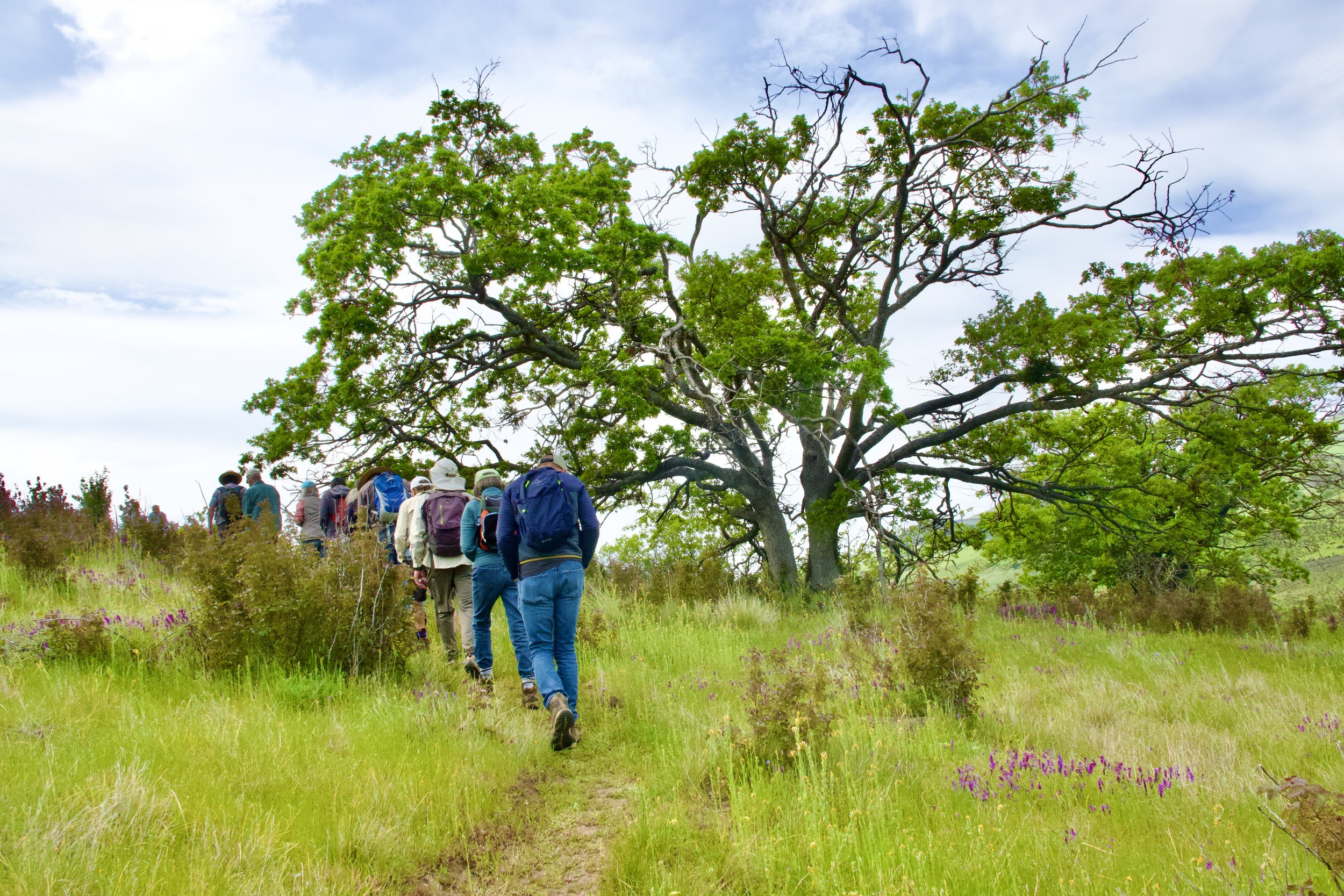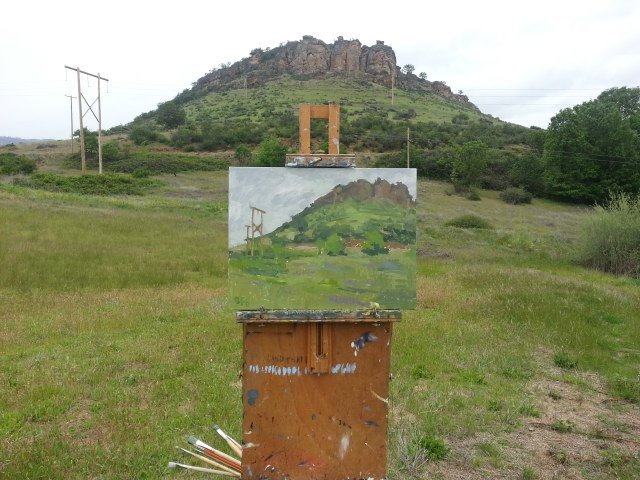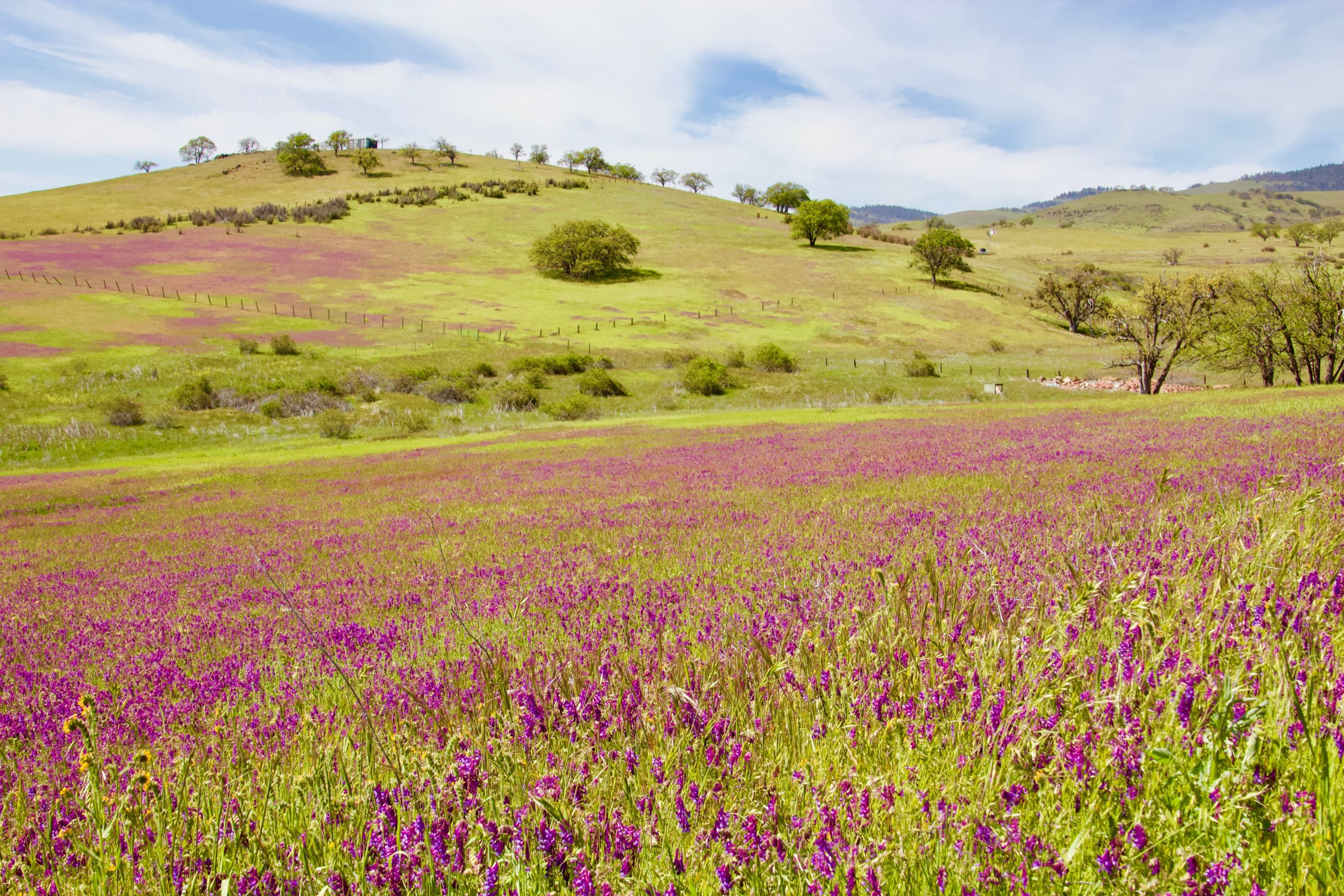Howard Prairie–Working Forest
A Legacy of Balancing Conservation with Harvesting Timber
Like the trees on his land, Jud Parson’s roots run deep. From the moment his orchard-pioneering grandfather Reginald Parsons purchased a 162-acre Howard Prairie property, his family has managed it for a host of values, including wildlife and timber.
That is the true demonstration of a working forest. Forests where the sustainable production of timber is carefully balanced with protecting other important resources such as wetlands and wildlife habitat are known as working forests.
Reginald first started camping and hunting on the property in 1911 and Jud first stepped foot onto it when he was just three years old. Reginald visited for years with a tent and pack animals before he bought the property in 1937. In 2012, Jud and several family members signed a conservation easement with the Southern Oregon Land Conservancy (SOLC) to ensure the land will remain intact and not be subdivided or developed, while allowing for continued selective thinning and sustainable harvest to promote healthy native forest species and structure. This is, in fact, how the Parsons family has managed the land for decades.
“On our forest land, I just try to provide habitat for wildlife and produce an income. There are certainly a lot of forestland owners who have the same goals as I do,” says Jud. He does this by working closely with forester Marty Main.
Jud currently has conservation easements with SOLC on five of his Oregon properties. Earlier this year, Jud earned The Wildlife Society’s top landowner stewardship award, the 2019 Private Landowner Stewardship Award. The Society’s Oregon Chapter honored him with this award as a result of a lifetime spent advocating for sound stewardship of private working lands to enhance wildlife, water quality, and other characteristics of working lands.
“Our goal is to protect the property’s natural habitats and scenic values over time and to maintain the working forest with an emphasis on healthy forest ecosystems and wetland protection,” says Marty.
The property is located on the Indian Memorial Plateau in the Southern Cascades ecoregion, a gently sloping region of around 100,000 acres. Historically, paleo-hunters used the area and numerous archeological sites show continuous use by Native Americans. The plateau was a trading crossroads for the Takelma, the Klamath, and the Shasta people. Europeans first came to the area in the 1840s. After the Gold Rush began, ranching, grazing, and logging ensued. Today, the property contains state-listed sensitive and vulnerable species such as the White-headed Woodpecker, breeding Sandhill Cranes, and the Keene Creek pebblesnail.
Common birds heard in the forest include Brown Creeper, Red-breasted Nuthatch, Mountain Chickadee, Common Raven and Golden-crowned Kinglet. Black bear, coyote, elk, cougar, and black-tailed deer also use the property.
This property has been selectively logged since 1954 and some logging occurred before then. The conservation easement protects a mixed conifer forest, several springs, a 20-acre meadow and several small aspen stands. Aspen stands in southwest Oregon west of the Cascade Crest are uncommon, small, and often threatened due to fire suppression and overgrazing.
Mature conifers are widely scattered and some trees are more than 400 years old. One sugar pine tree is greater than five feet in diameter. The forested area also supports small openings and dry meadows.
The easement is bordered to the north by the Bureau of Land Management (BLM) and part of the eastern border is adjacent to Bureau of Reclamation land, also managed by the BLM. As a result, connectivity for species dispersal is excellent through the forests and large meadow to Howard Prairie Lake. Howard Prairie Lake is an important flyway for migratory birds such as Bald Eagles, Great Gray Owls, and Osprey.
Approximately 40 to 50 percent of the nearby Jenny Creek Watershed has been clearcut since World War II, which removed the largest ponderosa and sugar pines, incense-cedar, and Douglas–fir trees. Frost pockets resulted in reforestation challenges and, around 1963, clearcuts were generally replaced with shelterwood cuts on public lands in the area.
Forests provide clean water, abundant wildlife and fish, forest products, employment, carbon-storage, clean air, protected soils, and beautiful views. Private forest landowners face pressure to develop their lands. With development or changes in use, forestlands are taken out of production and the benefits they provide diminish. SOLC works with landowners to keep forests intact and vibrant.
We provide a way for willing land owners to protect these forest resources through conservation easements. SOLC also preserves and cares for farms and ranches, oak woodlands, forests, streams, and native habitats throughout the Rogue River region, with a strategic focus on lands within Jackson and Josephine counties. Conservation easements such as the one on Jud’s Howard Prairie property ensure the land remains in a natural state, no matter who owns it.
Maintaining the cultural and economic stability of rural communities by conserving working forest landscapes, as well as protecting social values such as recreation, cultural, scenic, and historical values are just a couple of the compelling reasons for conservation.
Nearly 60 percent of U.S. forests are privately owned. Working forests create jobs and contribute to county tax rolls. Working forest conservation easements reward landowners for their stewardship of wildlife, water, and climate resources, allowing them to reinvest in local economies. Approximately 2500 acres of productive forestland are being maintained as working forests thanks to six conservation easements secured by SOLC. Bravo to people like you who support this work and to land owners like Jud who value its critical importance.












